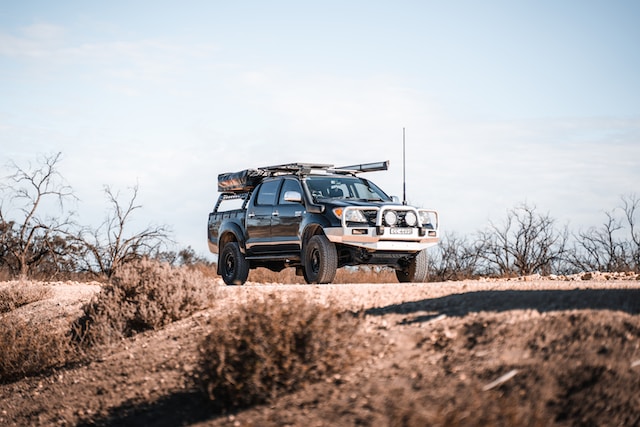Australian ute drivers could save $42 million on fuel each year and cut more than 87,000 tonnes of carbon emissions by choosing more efficient models already on the market, a new study reveals.
The Climate Council’s research on utes in Australia, released on Wednesday, found their’ popularity continued to grow and some of the best-selling models were among the country’s highest-polluting vehicles.
The report came days after figures from the Federal Chamber of Automotive Industries revealed emissions from light commercial vehicles, including utes, significantly exceeded the industry’s target last year.
The Ute Beauty study analysed vehicle emissions and found ute drivers could collectively cut 436,600 tonnes of carbon emissions and save $210 million in fuel costs across five years if they swapped their current utes for the most fuel-efficient model on the market.
The report named the 2022 Mazda BT-50 Dual Cab and the 2015 Nissan Navara D23 as the most efficient utes in Australia, with the Mazda releasing 20 per cent less pollution than its equivalent from Mitsubishi.
By comparison, the 2022 Toyota LandCruiser ute, Mitsubishi Triton Turbo Diesel and Jeep Gladiator Sport were the highest polluting utes in Australia, with emissions of up to 288 grams of carbon for every kilometre travelled.
Climate Council advocacy head Dr Jennifer Rayner said utes had become incredibly popular in Australia, representing 21 per cent of all vehicles sold last year, but the report proved ute owners could make big savings with informed choices.
“This research shows there are more efficient options available, which means lower household petrol bills but also lower emissions,” she said.
“The popularity of really big, really expensive-to-run utes like the (Toyota) HiLux suggests that Australians aren’t always putting petrol or emissions front-of-mind when they’re buying new vehicles.
“That’s partly a consumer information piece where people don’t know there are much cleaner, much cheaper-to-run versions out there.”
Electric vehicles were also expected to play a role in cutting transport emissions, the report found, with electric utes and vans forecast to make up half of light commercial vehicle sales by 2030.
But with only one electric ute available in Australia, Dr Rayner said more information was needed about models available now.
“Electric utes are growing in availability and popularity in overseas markets but many people won’t be able to access an electric ute for some time to come,” she said.
Climate Council energy expert Greg Bourne said the report highlighted the need for new policies to encourage car makers to bring fuel-efficient utes to Australia.
“Fuel efficiency standards are key to making more lower and zero-emissions utes available for companies and workers who need them,” he said.
The federal government raised a fuel-efficiency standard in its National Electric Vehicle Strategy discussion paper last year but is yet to respond to submissions.
Jennifer Dudley-Nicholson
(Australian Associated Press)





